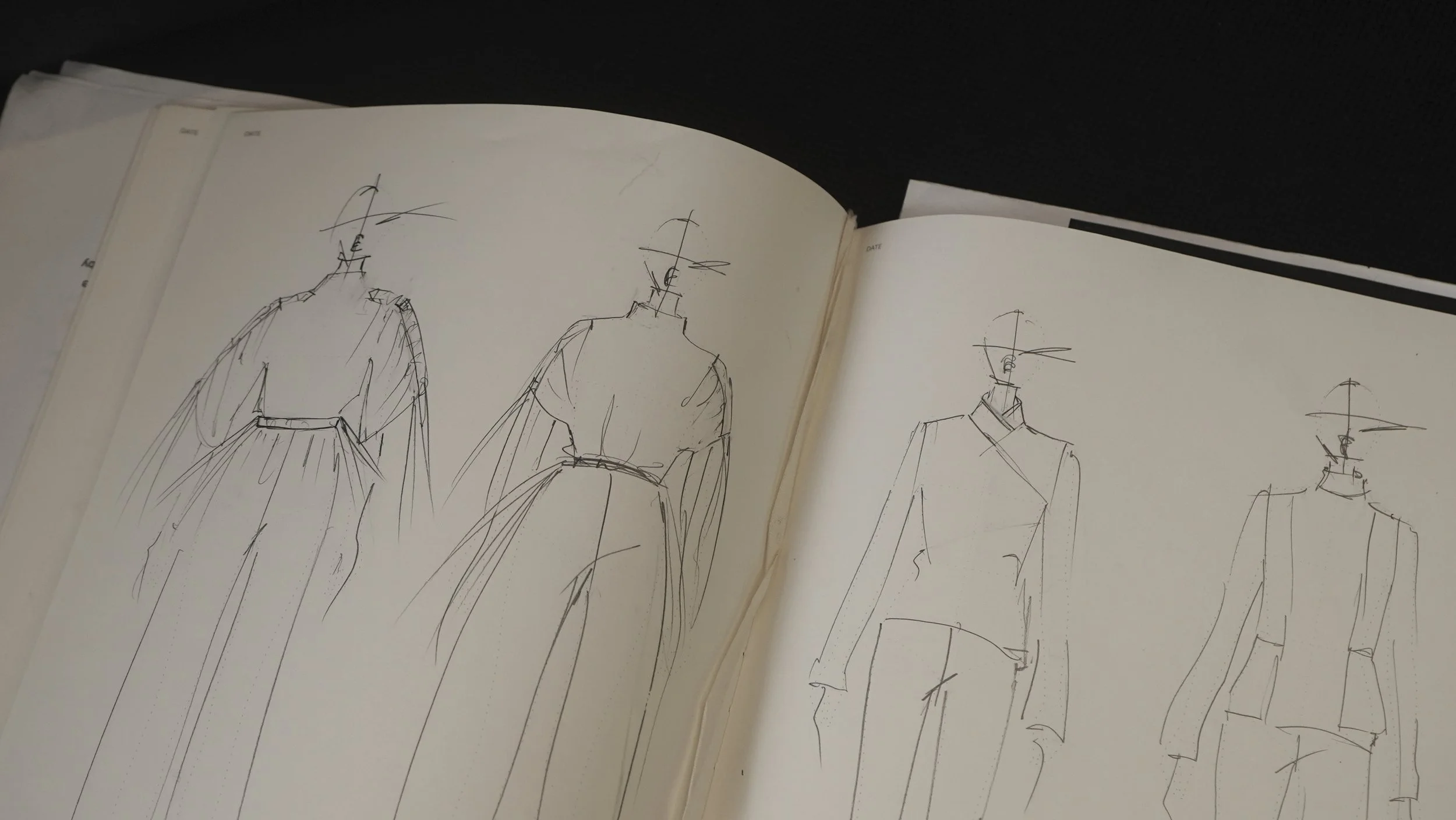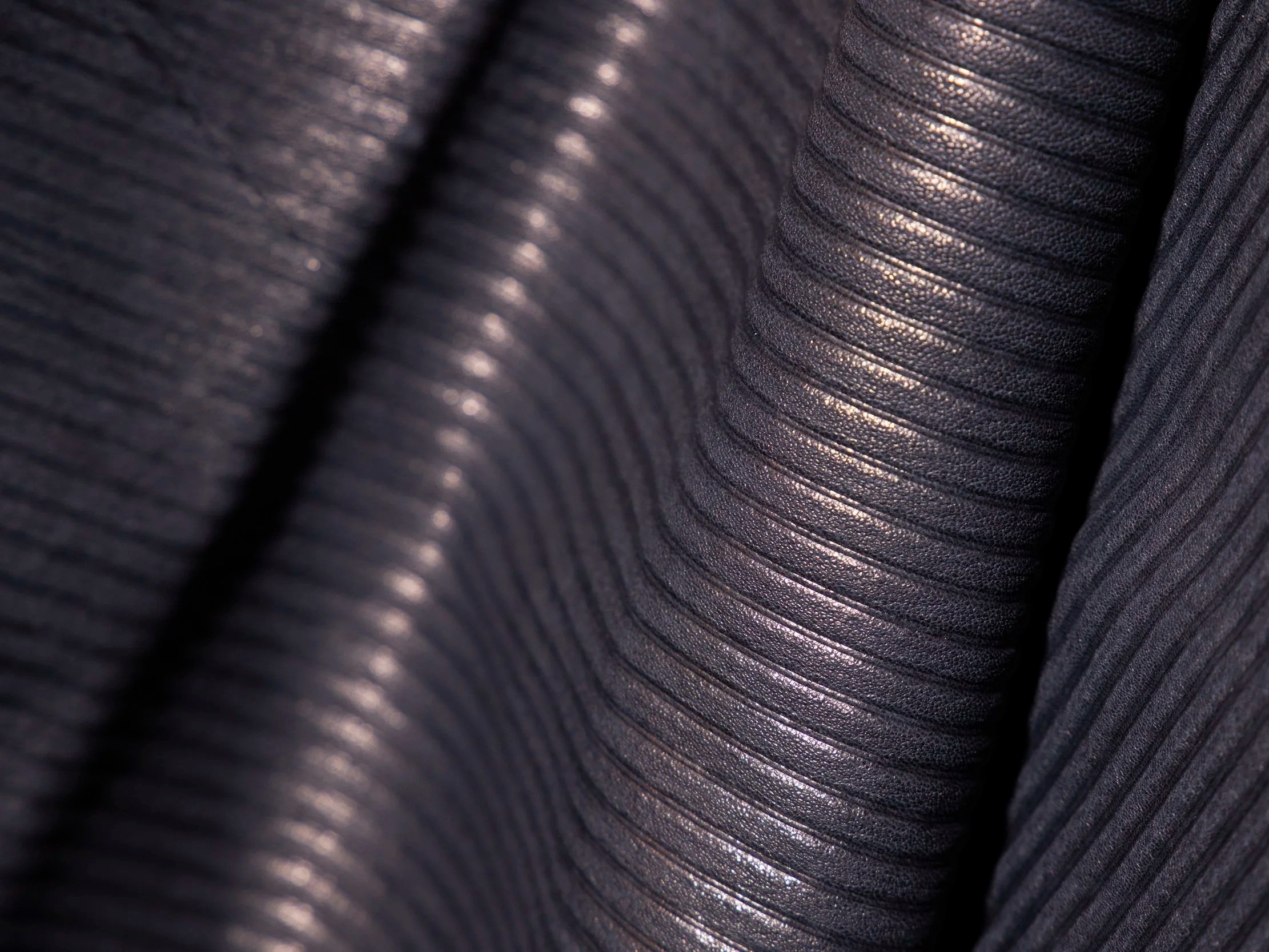
DQ | DECENCY QUOTIENT
"OVER THE LAST 15 YEARS WE'VE WORKED WITH SEVERAL INDEPENDENT FACTORIES, EACH WITH SOMETHING OF A SPECIALTY AND VISION. IN THE LAST DECADE, WE'VE COMMITTED TO FOUR FACTORY PARTNERS, WHO DEMONSTRATE SPECIFIC CAPACITIES, WHILE ALL BEING EXTREMELY TECHNICALLY EXPERT AND WILLING TO WORK WITH US ON THE ONGOING COMPLEX TECHNIQUES ASSOCIATED WITH MULTI-FUNCTIONALITY."
"DEVELOPED 100% FROM CASHMERE SECTIONS THAT WOULD OTHERWISE BE DISCARDED. THE COST OF THIS EFFORT: 3 TIMES(!) THAT OF TYPICAL CASHMERE. BOTH HAVE PROVEN TO BE COMPLEX TO WORK WITH, BUT DUE TO OUR DESIGN AND PRODUCTION TECHNIQUES (FINELY HONED OVER THE LAST 15 YEARS), WE'VE DEVELOPED THE PIECES TO MEET EXACTING STANDARDS OF QUALITY, COMFORT AND DURABILITY."
ESSENTIAL KZ_K FABRIC DQ’S
-
TECH FABRIC
MILLED FROM RECYCLED PLASTIC BOTTLES
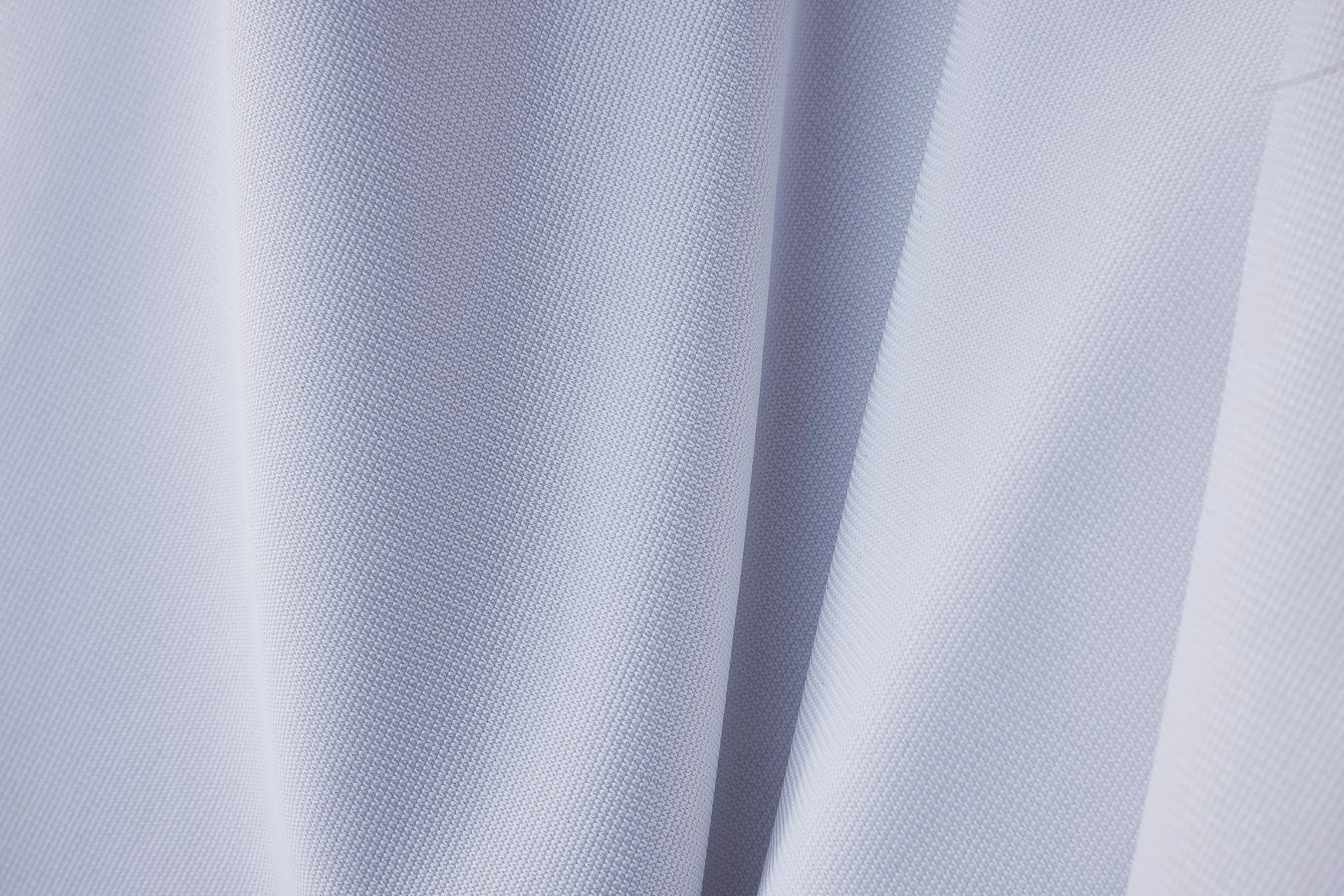
-
TECH FABRIC
MILLED FROM RECYCLED PLASTIC BOTTLES

-
RECYCLED CASHMERE
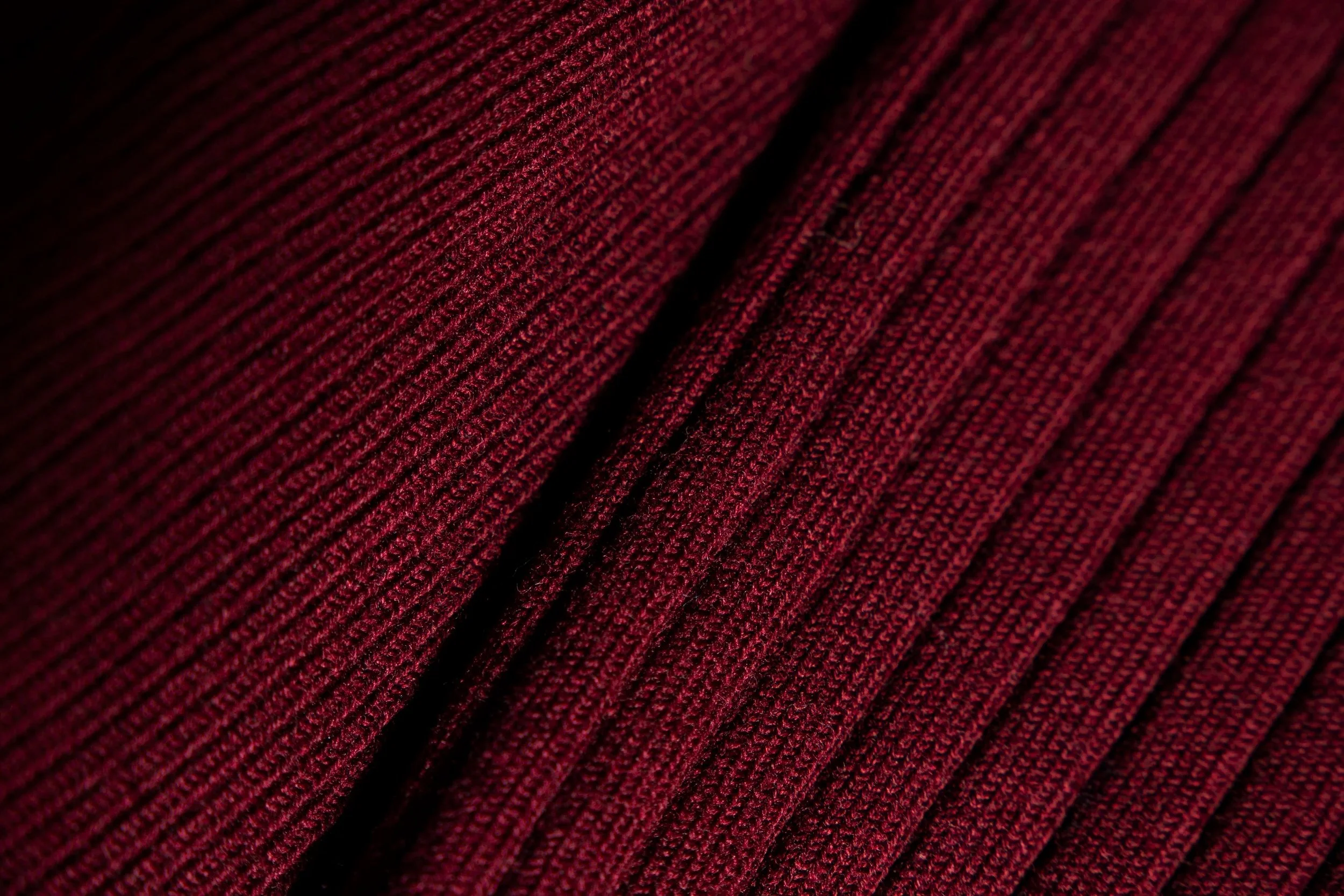
-
RECYCLED CASHMERE
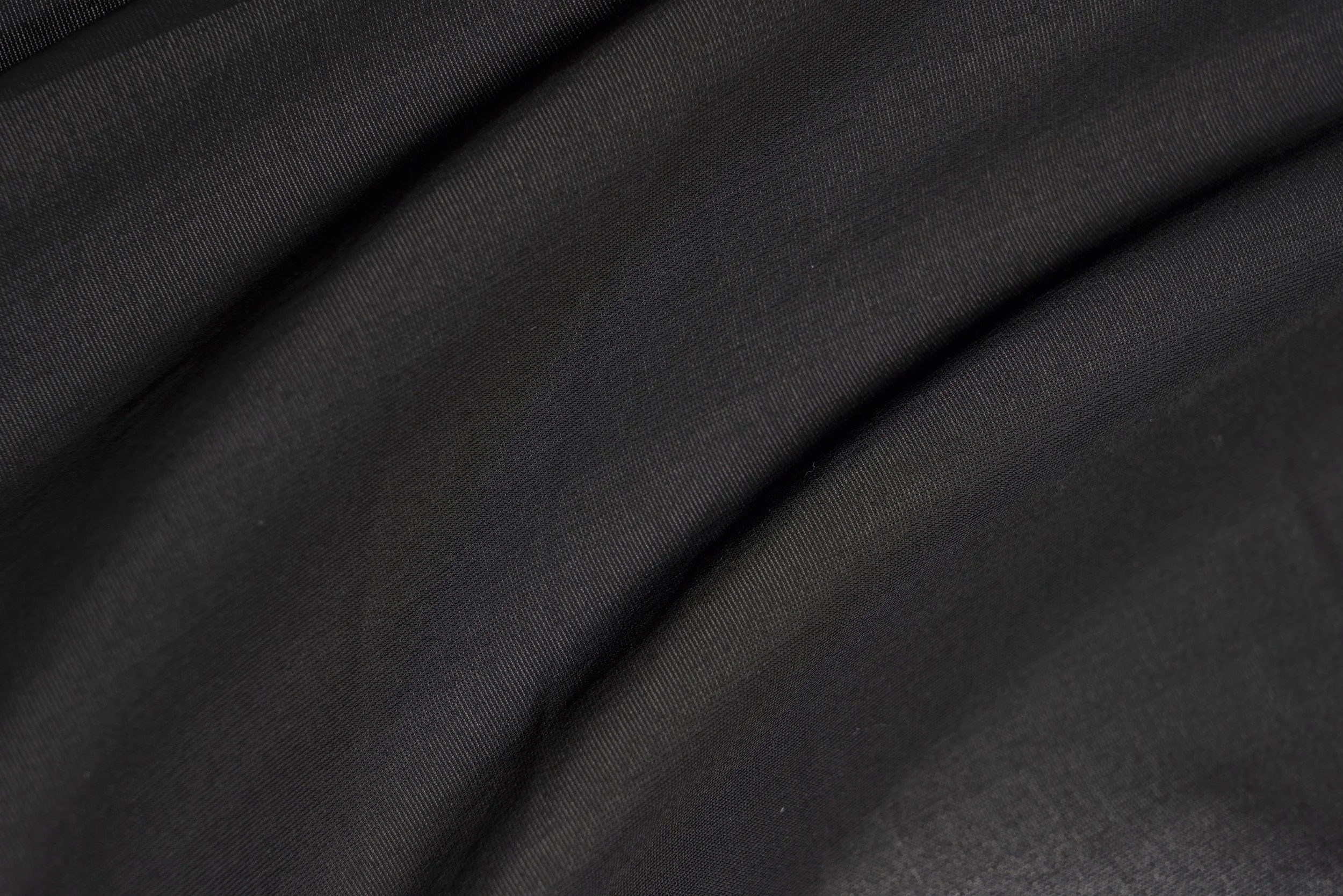
-
ORGANIC COTTON
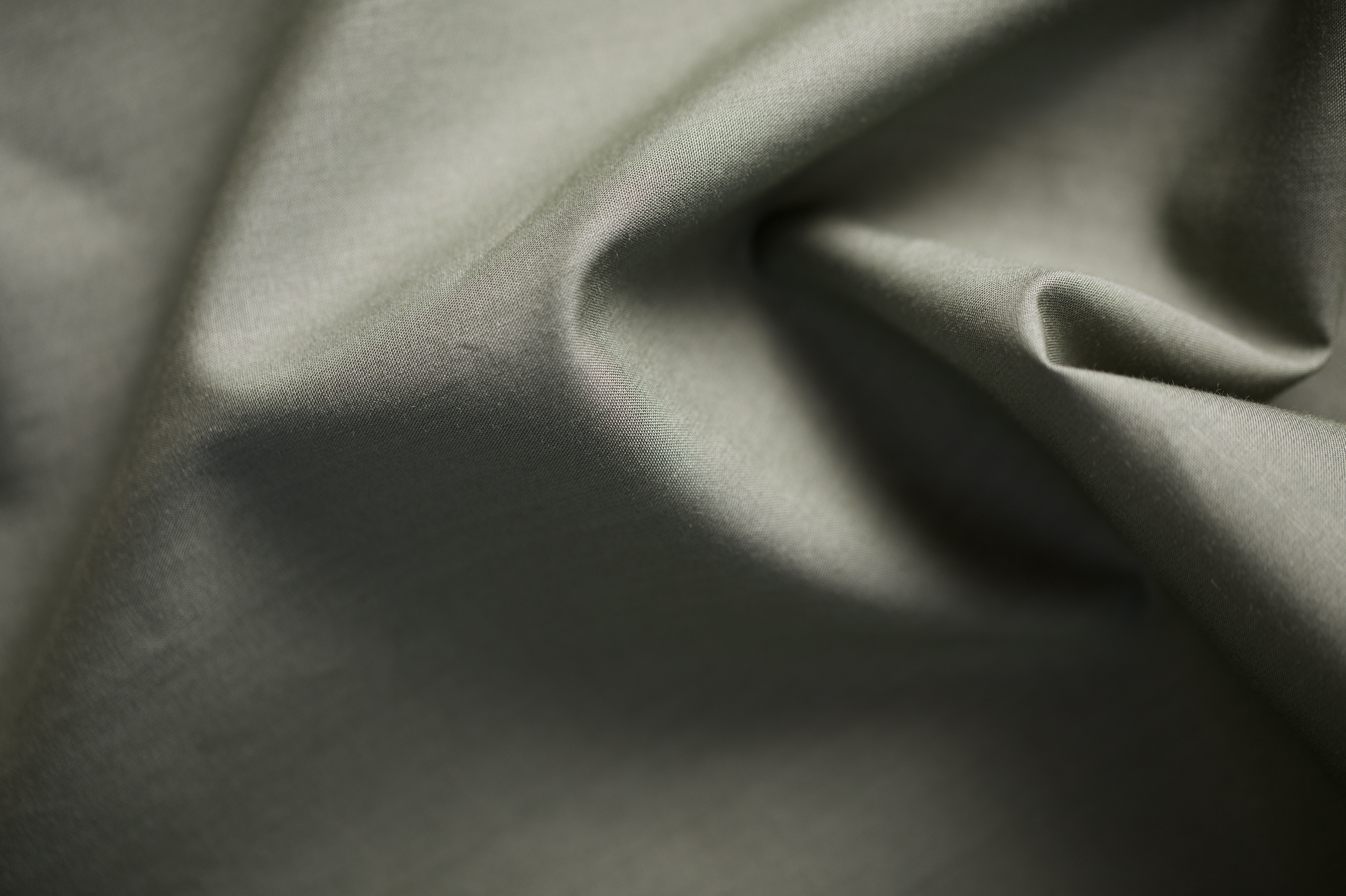
-
ORGANIC COTTON

KZ_K Studio on Fabrics and Applying the Decency Quotient to Fashion
By Vicki M. Young
OCTOBER 2, 2024
AS FEATURED IN:
Fashion designer and FIT grad Karolina Zmarlak, along with business and life partner Jesse Keyes, evolved her private custom business into an eponymous label in 2009. The women’s RTW collection was sold primarily through boutiques and department stores, such as Saks Fifth Avenue and Neiman Marcus.
Keyes, an urban planner and architect by training, and Zmarlak evolved the collection again in 2016, this time to KZ_K Studio. The new model shifted the focus to direct client relationships and sales, with a smaller share of the sales component less than 30 percent with wholesale/retailer-based partnerships. That move has grown the direct client database from 50 to more than 1,000. The company opened its design studio and showroom at 35 Great Jones Street in Manhattan in April 2022. The slow-fashion brand is N.Y.C.-based and made, and is founded on the tenets of modernism. Using a sustainable approach to production and minimizing the use of intermediaries, KZ_K Studio also works with fabrications and producers that foster circularity. Here, Zmarlak, KZ_K Studio’s creative director and cofounder, discusses the slow fashion ethos of the brand, its focus on using consciously-sourced fabrics, and the introduction of its Decency Quotient.
SJ: I NOTICED THAT FOR THE FALL 2024 COOL CYCLE COLLECTION, THE FABRICS YOU USE INCLUDE SHEARLING, UPCYCLED LEATHER, RECYCLED CASHMERE, ORGANIC COTTON, AND CUPRO, AMONG OTHERS. ARE THESE YOUR TYPICAL FALL-WINTER FABRICS THAT ARE USED?
KZ: For a decade, we’ve worked with one key Japanese fabric group and two European leather tanneries. This is a slow fashion approach: trust and know each other’s needs and expectations, and meet them. Still, we deeply research new partnership possibilities with mills and tanneries, both to work with existing partners, and also to expand our understanding of what is environmentally healthy. This is an ongoing learning and execution process. We’ve been excited to nd Cycora, a fabric developed by Ambercycle that’s made of molecularly regenerated garments that would otherwise end up in landlls. We are the first designer-level fashion line to utilize Cycora, which we adapted to create the TECHNO_15 for the 15 year anniversary design of our original techno jacket, and the TRENCH_1, a multi-layerable and functional trench and jacket combination.
SJ: TELL ME MORE ABOUT CYCORA. HOW DID YOU FIRST LEARN ABOUT THEM?
KZ: Our fabric partner StyleM a fabric manufacturer in Japan, and close partner and friend invited us to visit Ambercycle, the technology-based company in Los Angeles, who has been working for years on innovative recycling processes. The world of ‘sustainable fashion’ is fraught with greenwashing. Molecularly breaking down garments headed to landll to generate the raw material it takes to make new fabric, such as Cycora, oers up true circularity. A recycled-based regenerated raw material future preserves biodiversity in place, potentially and with human cooperation willingLY freeing mother nature to regenerate herself.
SJ: YOU ALSO USE A MATERIAL CALLED CUWOOL, WHICH IS A COMPOSITE MADE FROM 70 PERCENT CUPRO AND 30 PERCENT SHRINK-RESISTANT WOOL. TELL ME MORE.
KZ: We’ve done further research on Cuwool, and though Cupro makes claims to be environmentally sound, we are not fully convinced. There are pros and cons to the process, and we’ve done our utmost not to get caught up in hard to substantiate claims to avoid industry-rampant greenwashing.
SJ: ON THE SUSTAINABILITY FRONT, YOU HAVE LAUNCHED WHAT YOU CALL THE DECENCY QUOTIENT. THE DECENCY QUOTIENT WAS RST USED AS A LEADERSHIP ATTRIBUTE. YOU’RE USING IT IN REFERENCE TO ENVIRONMENTAL CLAIMS. ARE YOU THE FIRST RM TO USE THE DQ CONCEPT IN FASHION? WHY DID YOU DECIDE TO GO THIS ROUTE?
KZ: Jesse’s rst job was at the Boston Consulting Group, a rm known for coming up with succinct ways to explain complex topics. We borrowed—a kind of consulting lingo—from Anjay Banga, president of the World Bank, who uses the Decency Quotient as a way leaders may develop potential in their teammates. We don’t claim with certainty to be the FIrst design studio to use the designation, but we mean it, precisely, to be a speciFIc, fact-based, veriFIable claim of eco-friendliness, when it comes to fabrics. Primary examples are the Goldman Blazer and Pant, both composed of fabric 100 percent derived from plastic bottles. And D Ornament cashmere coat, which is developed 100 percent from cashmere sections that would otherwise be discarded. The cost of this eort is 3 times that of typical cashmere. Both have proven to be complex to work with, but due to
our design and production techniques, nely honed over the last 15 years, we’ve developed the pieces to meet exacting standards of quality, comfort and durability. For us, we are going to be very straightforward in our environmental claims. We must be certain that when stating we’ve used an environmentally thoughtful fabric or process, the facts back up the claim. Jesse visited a massive recycling plant in Taiwan—one of the few that exist worldwide—that converts plastic bottles into the raw material that goes into new fabric development. In this way, our claim is transparent. If the fabric is 100 percent made from recycled plastic bottles, it is just that.

